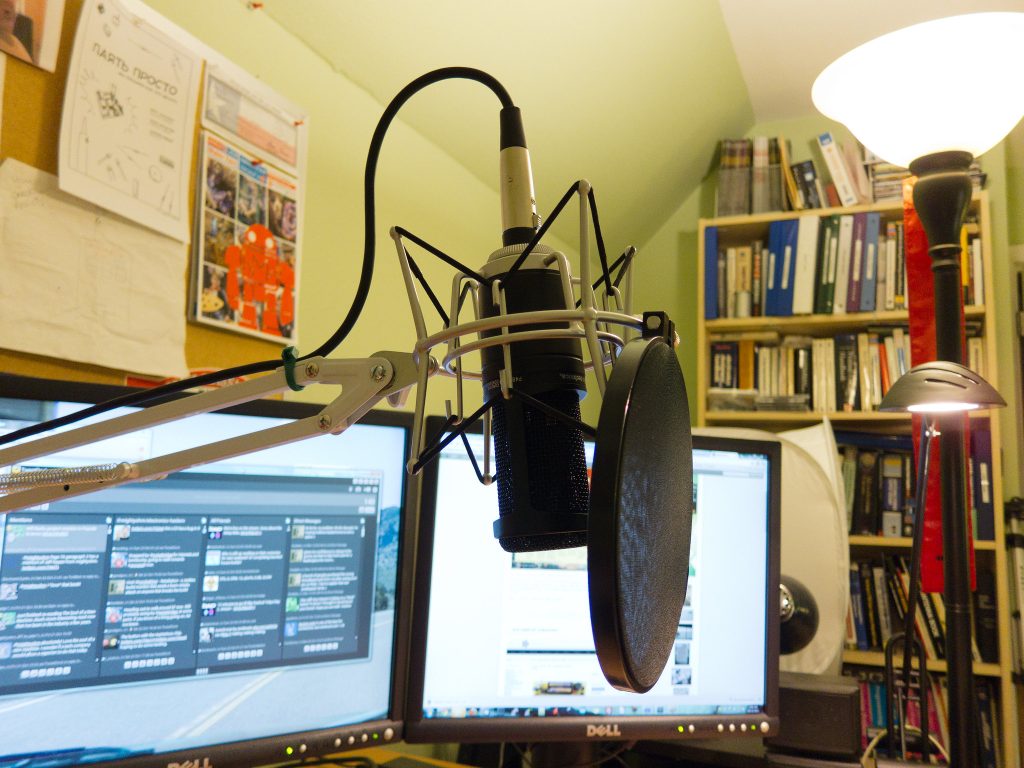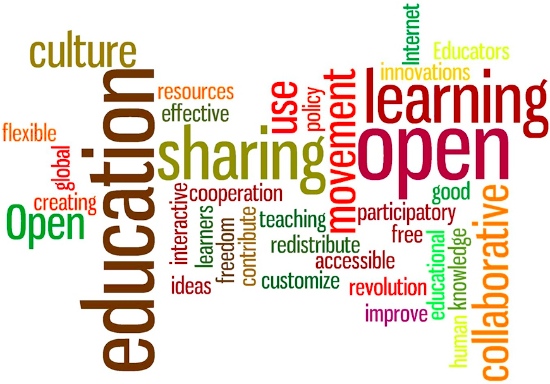The goals of INFOhio's OER initiatives consist of: Determining and curating extra standards-aligned student content and teacher products. Improving access to low- and no-cost high quality resources. Supporting the production and sharing of additional resources. This makes learning more individual for both the student and the instructor. To get more information about OER, checked out the Teach With INFOhio post, "Using Open Educational Resources in Your Classroom.".
Image licenced by opensourceway "Open Educational Resources are teaching, discovering, and research resources released under an open license that allows their free use and repurposing by others. OERs can be full courses, course materials, lesson strategies, open books, finding out things, videos, video games, tests, software, or any other tool, product, or strategy that supports access to understanding.
Among the very best things about operating in philanthropy is the chance to get in on the ground flooring of excellent ideas. Even better is watching those concepts become something unanticipated, something bigger and much better than anyone foresaw or anticipated at the outset. That field still consists of MIT's lively OpenCourseWare, which today averages a million sees every month.
More satisfying still is how far the OER field has actually grown and grown beyond what we at the Hewlett Structure assistance. Other funders have actually joined, (though still too few given the field's requirements and opportunities), and public agencies have actually begun stepping up also, like South Africa, whose federal government has actually distributed open books to every public high school in the nation.
OER didn't grow from a single speculative grant to a worldwide motion overnight. It developed gradually, as a small however gradually increasing accomplice of farsighted teachers pertained to see its benefits, which are wider and more extensive than many individuals recognize. After all, OER can do far more than just minimize expenses, though definitely it does that.
And the benefits for trainees are even greater. Plainly, open resources increase students' access to knowledge, just as the recipients of that first grant at MIT hoped they would, but there is growing proof that reliable use of OER likewise enhances crucial trainee outcomeseverything from test scores to college registration rates.
Well, OER is a no brainer. Still, that ten percent of K-12 teachers are using OER suggests 90 percent still are not. Can we alter that? Can OER become the products of choice for mainstream instructors? Simply a few years earlier, when OER was still in its infancy, such a question would have seemed ridiculous.
But research in other domains has actually shown that innovations frequently tip from early adopters to traditional usage once they strike 15 to 20 percent of market sharea level of usage that appears sufficiently extensive to get all however the stodgiest holdouts to think about attempting something new. We are, simply put, already close.
It will do so by focusing on particular problems and challenges for which OER supplies a specifically appealing solutionfrom the out-of-control increase in the cost of textbooks to the provision of educational products in the developing world. We will, at the same time, continue to support the sort of robust infrastructure needed for OER to assist in still more innovations in educational practice.
UNESCO Global Open Educational Resources Logo Open educational resources (OER) are freely accessible, openly licensed text, media, and other digital assets that work for teaching, finding out, and assessing in addition to for research study functions. The term OER describes openly available products and resources for any user to use, re-mix, improve and rearrange under some licenses.
The idea of open academic resources (OER) has various working definitions. The term was first coined at UNESCO's 2002 Forum on Open Courseware and designates "mentor, learning and research study materials in any medium, digital or otherwise, that live in the public domain or have actually been released under an open license that permits no-cost gain access to, usage, adjustment and redistribution by others with no or limited constraints.
Typically cited is the William and Plants Hewlett Structure term which used to specify OER as: OER are teaching, learning, and research resources that live in the general public domain or have actually been released under an intellectual property license that allows their free usage and re-purposing by others. Open educational resources include full courses, course products, modules, books, streaming videos, tests, software, and any other tools, materials, or techniques utilized to support access to understanding.
Open educational resources include full courses, course products, modules, books, streaming videos, tests, software, and any other tools, materials, or techniques utilized to support access to understanding.
The brand-new meaning clearly specifies that OER can consist of both digital and non-digital resources. Likewise, it lists numerous types of usage that OER authorization, motivated by 5R activities of OER. 5R activities/permissions were proposed by David Wiley, that include: Keep - the right to make, own, and control copies of the material (e.g., download, replicate, shop, and manage) - the right to utilize the material in a vast array of ways (e.g., in a class, in a study hall, on a site, in a video) Modify - the right to adjust, adjust, customize, or alter the content itself (e.g., equate the content into another language) Remix - the right to integrate the initial or revised material with other product to develop something brand-new (e. If you liked this article therefore you would like to get more info about continue reading this.. i implore you to visit our page. g., incorporate the material into a mashup) Redistribute - the right to share copies of the original material, your modifications, or your remixes with others (e.g., provide a copy of the material to a pal) Users of OER are allowed to engage in any of these 5R activities, allowed by the use of an open license.
g., incorporate the material into a mashup) Redistribute - the right to share copies of the original material, your modifications, or your remixes with others (e.g., provide a copy of the material to a pal) Users of OER are allowed to engage in any of these 5R activities, allowed by the use of an open license.
OER consists of discovering content, software application tools to develop, use, and disperse material, and execution resources such as open licences". (This is the meaning pointed out by Wikipedia's sis project, Wikiversity.) By method of comparison, the Commonwealth of Learning "has actually embraced the largest definition of Open Educational Resources (OER) as 'materials offered easily and freely to utilize and adapt for teaching, learning, development and research study'".
The above definitions expose some of the tensions that exist with OER: Nature of the resource: Numerous of the meanings above limit the meaning of OER to digital resources, while others think about that any academic resource can be included in the definition. Source of the resource: While a few of the meanings require a resource to be produced with a specific instructional aim in mind, others expand this to include any resource which may possibly be used for learning.
Others need only that complimentary usage to be approved for instructional purposes, potentially excluding business uses. These meanings also have common aspects, namely they all: cover use and reuse, repurposing, and modification of the resources; consist of free usage for instructional functions by teachers and learners include all kinds of digital media.
For this factor, it might be as practical to consider the differences in between descriptions of open educational resources as it is to think about the descriptions themselves. Among numerous tensions in reaching a consensus description of OER (as found in the above meanings) is whether there must be specific focus put on particular innovations.





